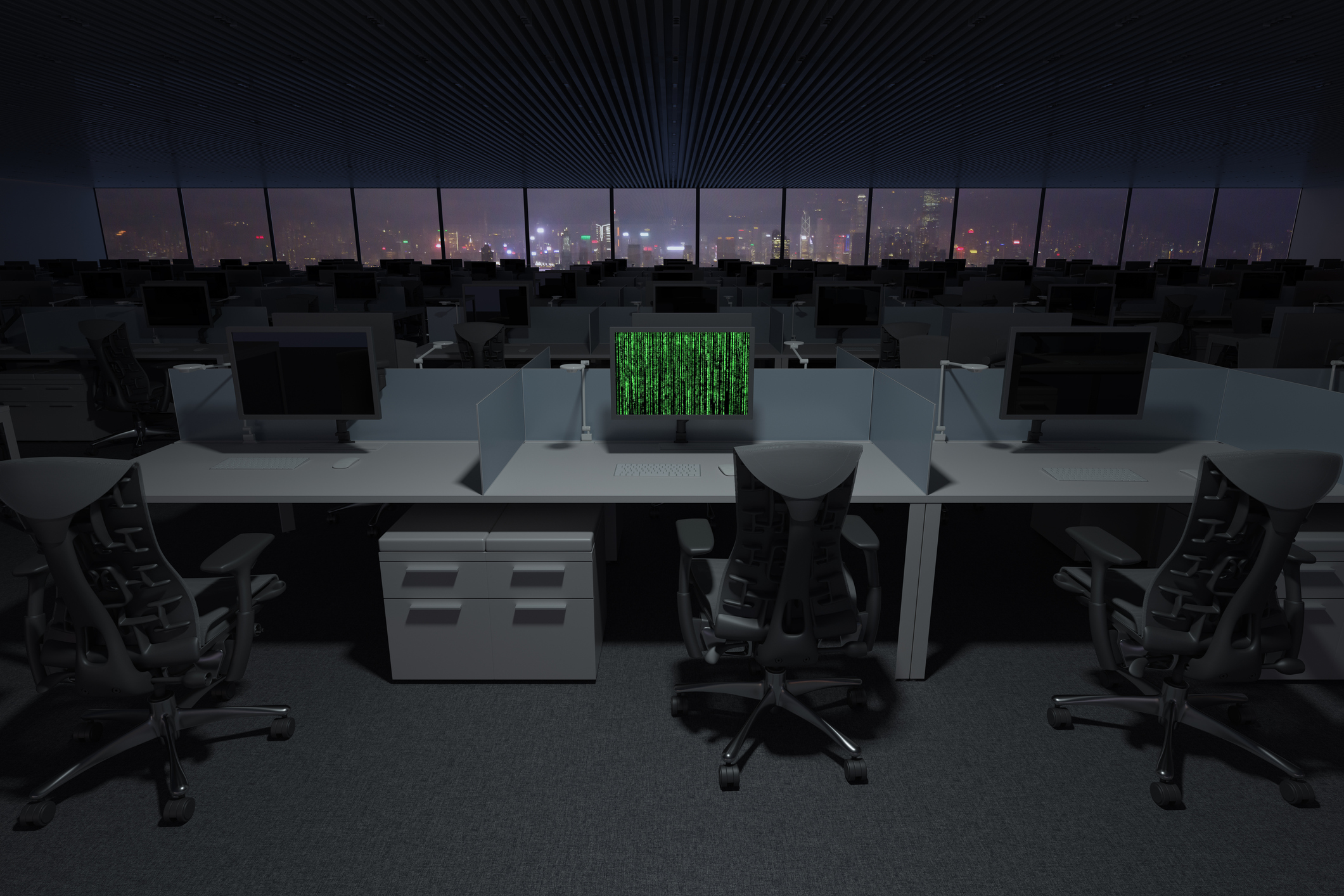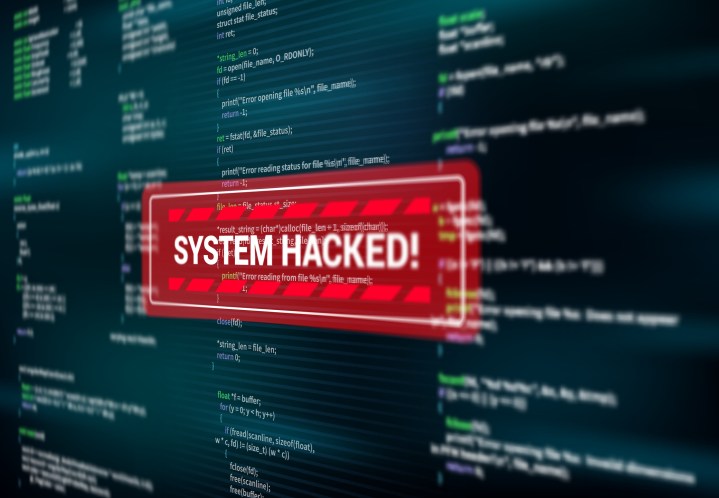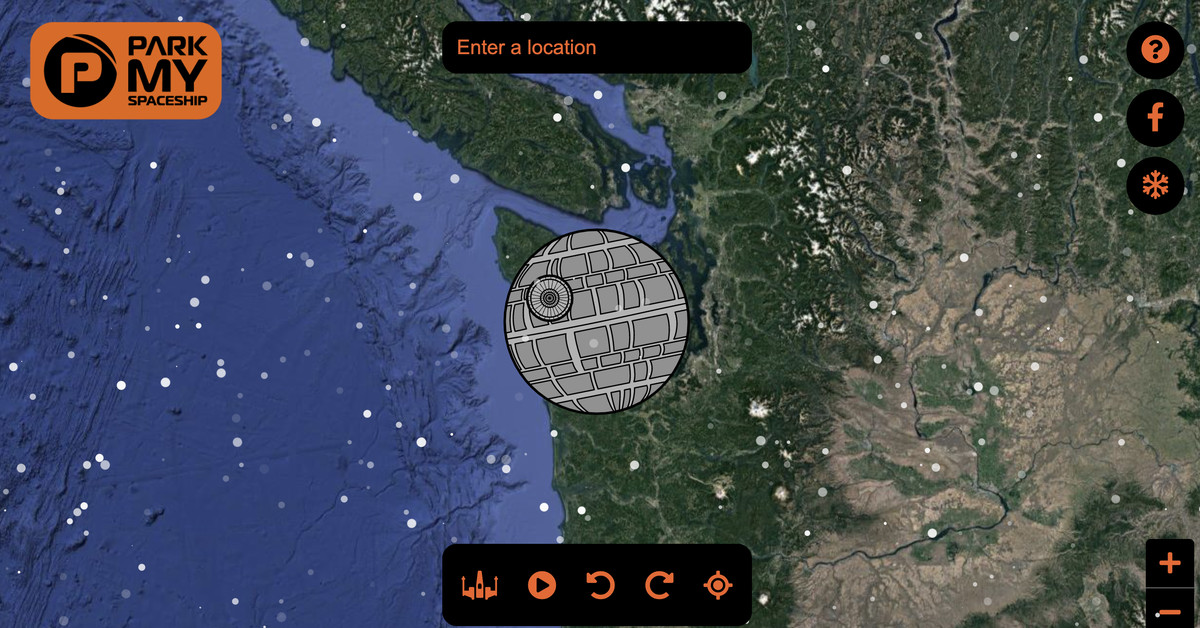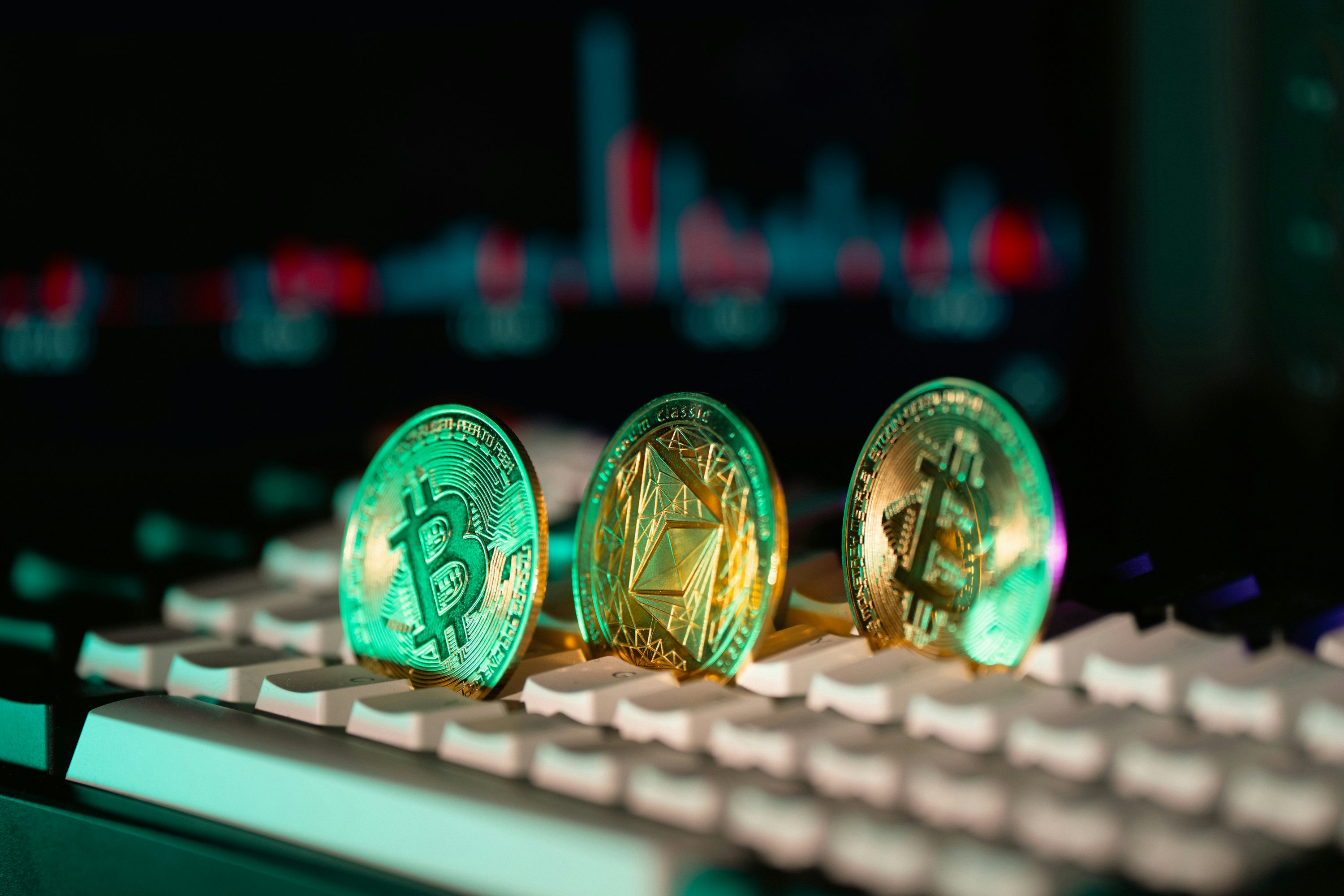Ransomware victims are refusing to pay — but is it working?
A new report has highlighted how ransomware payments to hackers have begun to slow down -- victims are opting to not cave in to demands from threat actors.

By
Zak Islam
July 29, 2022 7:03AM 
A new report has highlighted how ransomware payments to hackers have begun to slow down, with victims continuously opting to not cave in to demands.
Coveware, a company that provides ransomware decryption services, revealed some interesting analytics relating to the state of ransomware during the second quarter of 2022.
 Getty Images
Getty ImagesAs reported by Bleeping Computer, the average payment pertaining to ransomware demands has indeed increased. However, the median value of these payments have decreased in a big way.
During 2022’s second quarter, the mean average ransom payment totalled $228,125, representing an 8% increase compared to the first quarter of this year.
The median ransom payment value, however, came to $36,360 — that’s a staggering 51% drop when compared to the first quarter of 2022.
The aforementioned fall in value follows consistent drops since the first quarter of 2021. That specific period saw average ransomware payments reach new highs ($332,168), while the median value reached a peak of $117,116. That said, this state of affairs was undoubtedly aided by the pandemic and the rise of individuals using their systems at home.
“This trend reflects the shift of RaaS affiliates and developers toward the mid-market where the risk-to-reward profile of attack is more consistent and less risky than high profile attacks,” Coveware said in its findings.
Coveware also mentioned how large corporations are not entertaining any ransom demands solely due to the amount. “We have also seen an encouraging trend among large organizations refusing to consider negotiations when ransomware groups demand impossibly high ransom amounts.”
 Getty Images
Getty ImagesA shift in strategy
Hackers have increasingly shifted their efforts and focus toward smaller organizations that are delivering positive financial results, which is reflected by the fact that the median size of companies affected by ransomware fell during 2022’s second quarter.
Elsewhere, the most popular choices for ransomware list within the report show a few familiar names from the hacking scene. BlackCat controls 16.9% of the ransomware attacks, while LockBit 2.0 accounts for another sizable chunk (13.1%).
As for all the recent shutdowns of ransomware gangs, the individuals from these groups have turned to lower-tier attacks, which has subsequently aided various smaller ransomware-as-a-service (RaaS) operations popping up.
The report also revealed how the double extortion method — a way to threaten targets that their stolen files will be leaked before the encryption process — is still a favored scare tactic among threat actors, with 86% of the reported cases associated with this specific strategy.
For a considerable number of these cases, hackers will continue with their extortion schemes or leak the files they’ve obtained even if they’ve received the ransom payment.
If you’ve been a victim of ransomware, then be sure to seek the services of this anti-hacker group that provides free decryptors.

 Troov
Troov 































